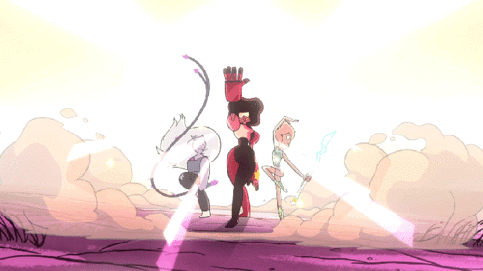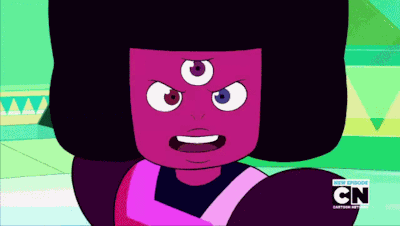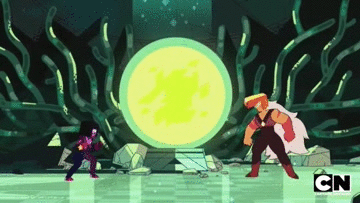This is the time of year where many students are taking tests – whether it be standardized tests or final exams for school. Luckily, the Bechdel Test is not one that you have to take! Rather, it’s a test that people apply to movies, video games, and other fictional narratives, to see how diverse and representational they are in regards to gender.
So how does a story pass the Bechdel Test? Well, there are only three requirements that have to be met. The story must:
- Have at least two named female characters…
- Who talk to each other…
- About something other than a man.
Seems easy, right? Well, you’d be surprised by how many high-profile movies manage to fail this simple test for gender bias. These include the original Star Wars trilogy, The Lord of the Rings trilogy, 21 Jump Street, The Social Network, The Grand Budapest Hotel, The Avengers… the list goes on and on. In fact, of the eight films nominated for best picture at this year’s Oscars, only four (Birdman, Boyhood, The Theory of Everything, and Selma) passed the test.
If you’re interested to see how your favorite movies stack up, http://bechdeltest.com/ is a very useful web site that has a full, searchable list of films and their scores on the Bechdel Test.
Why is this test important? Well, it was created in 1985 by cartoonist and activist Alison Bechdel, who was tired of seeing gender bias in the media. The test is meant to encourage writers to create more female characters who are interesting for more than their physical appearances. It’s also a push against tokenism, because failing the test usually indicates that the story’s female characters are not developed individuals, but rather objects or “window dressing” for a male-centric plot. In the end, it all goes back to the idea of diversity: women and girls deserve to be inspired and intrigued by stories in the media as much as their male counterparts, so the media should not be dominated by male characters.
Steven Universe does, as expected, pass the test – and with flying colors! In “Gem Glow,” the very first episode, Steven and the Crystal Gems find themselves battling a giant monster called a centipeetle. Garnet yells “Gems, weapons! Let’s do it!” to Amethyst and Pearl, which marks the first scene that fulfills all three requirements of the test.
Seeing as three out of the four main characters on the show are female, this doesn’t really come as a surprise. But it’s still nice to know that Steven Universe makes quantifiable strides for female representation!
Of course, the Bechdel test does have its limits. Because of its simplicity, many films that are seen as empowering for women, such as Gravity, and many films that aren’t necessarily sexist but have a lot of animated animal characters rather than human ones, such as Ratatouille, fail the test. The Bechdel test doesn’t take into account whether a film actively tries to defy negative female stereotypes, or whether the two female characters who are talking to each other are actually positive portrayals of women in the media. Thus, ultimately, the Bechdel test shouldn’t be your only criteria for deciding whether a story is sexist or not. You should think deeply about the characters, male and female, and how they interact with each other. Is one group portrayed as more powerful or smarter than the other? Does the main character seem like they treat a certain gender with less respect? Does one gender seem like they are more dispensable or less important throughout the story? While the Bechdel test can be your first step in thinking about the gender dynamics of a story, you should also follow up with more in-depth questions such as these. I believe that Steven Universe answers these questions well when it comes to the female characters on the show: each has her own unique strengths and weaknesses, and a personality that undergoes a lot of development throughout the show. And those are characteristics that many female characters lack in popular films that don’t pass the Bechdel test!
So the next time you go to the movies, play a video game, or watch a TV show, ask yourself whether it passes the Bechdel test. Then, go deeper. Really think about who has power in the storyline, and who doesn’t. Look at the proportions of male versus female characters, but also look at how they act and how they are treated. Investigate whether the story feeds into negative tropes. You’ll find that asking these tough questions will make you learn new things about your favorite stories, and will hopefully make them more interesting to you. Heck, that process of analysis is the basis of this entire website! So go out there, ask tough questions, and don’t be afraid if your preferences are rattled in the process.
It’s what Garnet would want you to do!
***
Background Sources:
Bechdel, A. (1986, June 1). Dykes to Watch Out for: “THE RULE” Off Our Backs, p. 27.
Cocca, C. (2014). The ‘Broke Back Test’: A quantitative and qualitative analysis of portrayals of women in mainstream superhero comics, 1993–2013. Journal of Graphic Novels and Comics, 5(4), 411-428.





